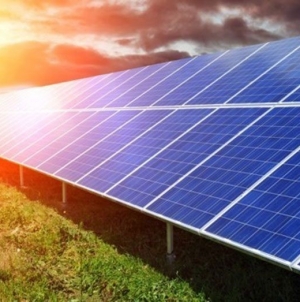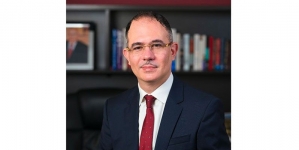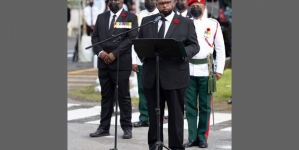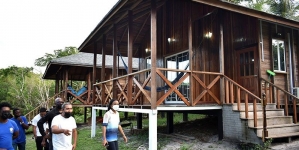World Bank says it should have done PR strategy for Ghana gas project
The World Bank has said that it should have executed a carefully thought out communications/public relations strategy to explain to the public the rationale behind investing in the Sankofa gas project in Ghana.
This was said in a June 2020 report prepared by the Bank, and comes after considerable criticism in the Ghanaian press over a project and deal some Ghanaians consider to be unfair. The project received the endorsement of and funding from the World Bank, for the production of gas from the lucrative field to power Ghanaian households.
“A common perception,” the World Bank said, “was that of an international petroleum consortium, supported directly by the World Bank Group, exploiting a domestic natural resource for its own benefit.”
“The World Bank Group, in collaboration with the government, should have anticipated the need for a communications strategy, explaining the economic benefits of the country’s first natural gas development, part of which would not be realized immediately.”
It said that future major natural resource developments would have to be accompanied by a carefully thought out communications strategy like it should have done with Sankofa.
This news has come on time to inform the development of Guyana’s gas-to-shore project, for which oil governance advocates have written to the Bank, challenging it to prove that Guyana’s project will not end up like Ghana’s.
While the Sankofa project powers 1.6 million households and significantly reduced fuel imports, it costs Ghana in other ways. The African nation approved the long term project in 2015, which holds Ghana to a take-or-pay clause that took US$250M from Ghanaian taxpayers in 2019 for unused gas.
The Government found that the production of gas from the field caused an oversupply to the market.
The World Bank said “The potential benefits for Ghana were not explained to the public while the high cost being paid for the first natural gas supplies, in conjunction with the perception of a punitive ‘take or pay’ contract, left the impression of an investment benefitting only the private oil consortium.”
It said that its supervision teams had endeavored to work with the government on ensuring the initial gas supplies from the Sankofa field would be fully utilized. The Bank posited that there was a need to complete a pipeline interconnector to expand the demand market for the Sankofa gas and ensure sufficient offtake capacity in place by the completion of the project. The Bank said that it noted this issue in multiple documents, and that a gas interconnector was eventually completed in April 2019, which expanded the domestic market.
It made arguments, it said, that power sector reform in Ghana and the financial turnaround of two energy offtake utility companies in Ghana posed risks to the Sankofa project outcome, up to its 2018 completion.
The Bank also argued that public criticism of the Sankofa project resulted in pressure on the government to alternatively invest in Liquefied Natural Gas (LNG) imports which the Bank says would exacerbate the country’s growing indebtedness.






















